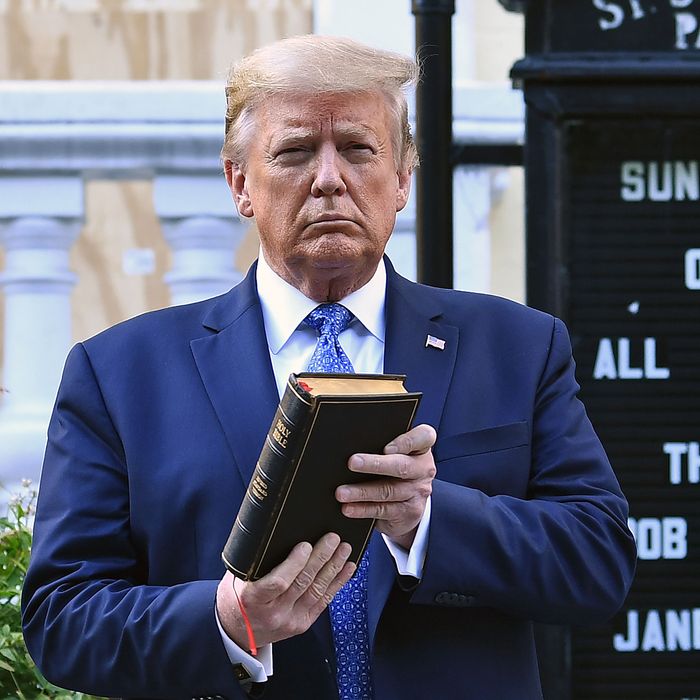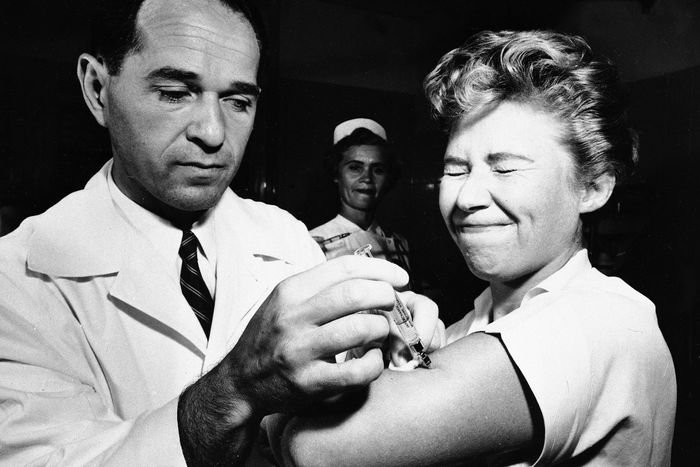
Children play in a large collection of plastic waste at Mahim Beach in Mumbai, India. The study released Monday cited hundreds of thousands of pieces of plastic waste, mostly in Southern Hemisphere nations. File Photo by Divyakant Solanki/EPA-EFE
Dec. 7 (UPI) -- A report published Monday by an international coalition of environmental activists identifies a number of companies that it says are the world's biggest plastic polluters -- and at the top of the list are the Coca-Cola Company, PepsiCo and Nestle.
The 57-page report, titled "Demanding Corporate Accountability for Plastic Pollution," was produced by the Philippines-based group Break Free From Plastic, which analyzed data generated by waste pickers who audited nearly 350,000 pieces of plastic in 55 countries.
The audit was conducted mainly in countries in the Southern Hemisphere.
The analysis says waste pickers found about 14,000 pieces from Coca-Cola in 51 countries, 5,200 pieces from PepsiCo in 43 nations and 8,600 pieces from Nestle in 37.
RELATED U.S. one of world's top contributors to plastic pollution
Other companies noted by the report include Unilever, Mondelez International, Mars, Procter & Gamble and Philip Morris International.
"It's not surprising to see the same big brands on the podium as the world's top plastic polluters for three years in a row," Abigail Aguilar, plastics campaign regional coordinator of Greenpeace Southeast Asia, said in a statement.
"These companies claim to be addressing the plastic crisis yet they continue to invest in false solutions while teaming up with oil companies to produce even more plastic. To stop this mess and combat climate change, multinationals like Coca-Cola, PepsiCo and Nestle must end their addiction to single-use plastic packaging and move away from fossil fuels."
RELATED Study: Cleanup, management won't save ecosystems from plastic pollution
The companies are signatories to the New Plastics Economy Global Commitment, led by the Ellen MacArthur Foundation in collaboration with the United Nations Environment Program.
The pact calls for the "elimination of problematic or unnecessary plastic packaging through redesign, innovation" and new delivery and reuse models.
All three companies told The Guardian Monday they are working to address packaging waste.
RELATED Environmental groups slam oil industry for betting $400B on plastics
"Globally, we have a commitment to get every bottle back by 2030, so that none of it ends up as litter or in the oceans, and the plastic can be recycled into new bottles," a Coca-Cola spokesperson said. "Bottles with 100% recycled plastic are now available in 18 markets around the world, and this is continually growing."
PepsiCo said it's moving to cut pollution through "partnership, innovation and investments" and said part of that is a goal to reduce virgin plastic in the beverage business by 35% by 2025.
Nestle said it's making "meaningful progress" in sustainable packaging, but acknowledged the need for more efforts.
"We are intensifying our actions to make 100% of our packaging recyclable or reusable by 2025 and to reduce our use of virgin plastics by one-third in the same period," a spokesperson said.
Coca-Cola, Pepsi, & Nestlé Named World’s Top Plastic Polluters — For 3rd Year In A Row
December 5th, 2020 by Johnna Crider
Coca-Cola, Pepsi, and Nestlé are the world’s top plastic polluters for the third consecutive year. This news comes from Break Free From Plastic’s report that was released this week during a virtual press conference.
Break Free From Plastic’s brand audit, which is an annual citizen action initiative involving the counting and documentation of brands on plastic waste found in communities worldwide, collected 346,494 pieces of plastic from 55 countries. This year, the brand audit took a closer look at the essential work of informal waste pickers — especially in the Global South — and the impact that low-value single-use plastic has on their livelihoods.
Abigail Aguilar, the Plastics Campaign Regional Coordinator at Greenpeace Southeast Asia, noted that it wasn’t surprising that big brands are the world’s top plastic polluters. “It’s not surprising to see the same big brands on the podium as the world’s top plastic polluters for three years in a row. These companies claim to be addressing the plastic crisis yet they continue to invest in false solutions while teaming up with oil companies to produce even more plastic. To stop this mess and combat climate change, multinationals like Coca-Cola, PepsiCo, and Nestlé must end their addiction to single-use plastic packaging and move away from fossil fuels,” she said.
The aim of BFFP is to challenge the industry narrative about who is responsible for the plastic crisis and how to solve it. Brand audits collectively help us to redirect the focus back onto the companies that create the problem — those who make the plastics — while empowering us to demand these companies to stop making unnecessary throwaway single-use plastics. Here’s looking at you, Coke, Pepsi, and Nestlé.
You may remember that back in 2015, the chairman of Nestlé stated that he didn’t believe water was a human right when using it to fill up swimming pools, wash cars, or water a golf course. Although it takes Nestle around 1.39 liters of water just to make one liter of bottled water, the company is known for its stance on water and the idea of water being a human right as being “extreme,” simply because water is overused.
“Water is, of course, the most important raw material we have today in the world. It’s a question of whether we should privatize the normal water supply for the population. And there are two different opinions on the matter. The one opinion, which I think is extreme, is represented by the NGOs, who bang on about declaring water a public right. That means that as a human being you should have a right to water. That’s an extreme solution. The other view says that water is a foodstuff like any other, and like any other foodstuff it should have a market value. Personally, I believe it’s better to give a foodstuff a value so that we’re all aware it has its price, and then that one should take specific measures for the part of the population that has no access to this water, and there are many different possibilities there,” said Former Nestlé CEO Peter Brabeck-Letmathe.
I’m bringing that bit up due to the hypocrisy of the company that is one of the world’s top three plastic polluters — plastics that are made with water that is then being used to pollute the ocean. And adding into that mix, all three of these companies sell bottled water (the other two sell sodas as well).
Waste pickers and BFFP movements are demanding that these companies shift toward refill and reuse systems — replacing packaging that isn’t recyclable and that provides no economic benefit. Waste picker and National Coordinator of South African Waste Picker Association Simon Mbata said it best: “Whatever cannot be recycled, must not be produced.”
Top 2020 Global Polluters
Although many of these companies have clever marketing strategies centered around “lofty ‘sustainability goals'” it should be noted that these same companies are on the list of Top Global Polluters not just once, but year after year. This shows that many of these companies who are going “carbon neutral by such and such year,” or are doing (insert activity here) to be more “sustainable,” are not actually becoming sustainable.
The report shows that these corporations that pollute the most places globally with the greatest amount of plastic waste. The results below are ranked according to the number of countries where brand audits reported finding these companies.
The 10 Worst Polluters are:
Coca-Cola in 51 countries with 13,834 plastics.
PepsiCo in 43 countries with 5,155 plastics.
Nestlé in 37 countries with 8,633 plastics.
Unilever in 37 countries with 5,558 plastics.
Mondelēz International in 34 countries with 1,171 plastics.
Mars in 32 countries with 678 plastics.
P&G in 29 countries with 3,535 plastics.
Phillip Morris International in 28 countries with 2,593 plastics.
Colgate Palmolive in 24 countries with 5,991 plastics.
Perfetti in 24 countries with 465 plastics.
More From The Report

Image from BFFP Brand Audit Report
According to the figure above, most of the waste surveyed was not recyclable in many countries, including Brazil, Chile, Ghana, India, the Philippines, Vietnam, and South Africa. Only Chile and the Philippines had more recyclable waste than non-recyclable waste. The figure below, from the report, demonstrates the values of the recyclables, ranging from bottles, gallon jugs, plastic bags, and plastic cups and plates.

Image from BFFP Brand Audit Report
Waste Pickers Share Their Thoughts
In a special section of the report where waste pickers could share their thoughts with these companies, a question and answer series is documented. Here are a few of those questions and answers taken directly from the report:
Companies say they have created small sachets for the urban poor. If you could meet one of these corporate CEOs, what would you say to them?
“This statement is of total disrespect, underestimating the intelligence of waste pickers. In our daily lives, we see thousands of packages go through the conveyor belt with no commercial value and that leave us distressed and afflicted, to know that the thought of large corporations is to treat waste pickers with indifference and not recognizing the works done by the category.” — Valquiria Candido da Silva Waste picker from Brazil
How do company decisions about plastic packaging directly impact the livelihoods of waste pickers?
“In my own experience, I work at a material recovery facility with waste pickers in VaalPark South Africa, and the majority of the plastic that we come across is not recyclable. This no value plastic impacts the livelihoods of waste pickers because it eats into the profits and surpluses of our projects. The reality is that companies who produce this type of plastic are not creating jobs for waste pickers, but are quickly destroying the planet. The only way that these companies can create jobs for waste pickers, is if they create recyclable materials that can go back into the economy. Whatever cannot be recycled, must not be produced. My hope is to see waste pickers in South Africa working in better environments and being an integral part of the waste management system.” — Simon Mbata, waste picker and National Coordinator of the South African Waste Picker Association (SAWPA)
More Thoughts From An Expert, Lakshmi Narayan:
“Around 15 million waste pickers retrieve paper, metal, glass, and plastics from municipal solid waste, and move it up the value chain through scrap traders to reprocessors. They form the base of a pyramid responsible for over 50% of global recycling that employs millions. Despite internalizing costs and subsidizing corporations whose waste materials they recycle, they are fragmented, marginalized, and often displaced by corporate investment in pilots that incentivizes superficial behavior change, encourages expensive, capital intensive, centralized technologies, or research small-scale efforts in obscure, expensive, inefficient recycling.
“FMCG manufacturers unhesitatingly claim sachets ensure the poor have access to their wonder products in bite-size, that littering and pollution are due in equal measure to weak municipal solid waste management systems and the ‘indisciplined’, illiterate poor, and that continued production of plastics ensures waste pickers access to a steady income. In fact, waste pickers neither want single-use plastics for recycling, nor the expensive commodities they package.” — Lakshmi Narayan, waste picker specialist.
You can access the full report here.
upi.com/7059508








